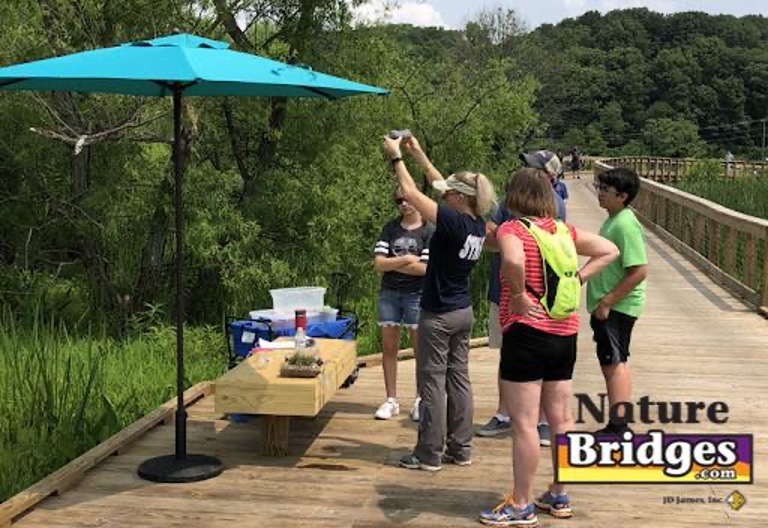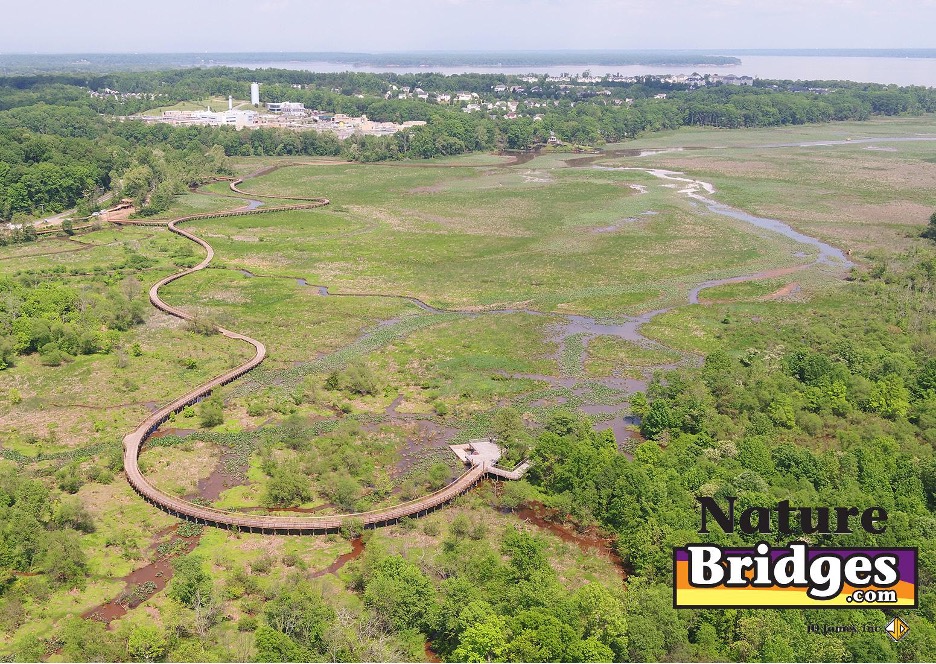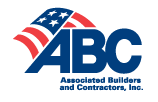
Wetlands are a vital part of our environment, but not one that many people consider when talking about preservation. These swampy areas may seem like an environment we can do without because they are more difficult to build on or walk through, but there are many reasons that keeping them intact and thriving are beneficial.
Wetland Ecosystems
Wetlands comprise several different types of habitats. Marshes and swamps are possibly the most well-known, but bogs and fens are also types of wetlands. While they’re very similar in that they’re mostly covered by water, each type of wetland is a little different. Marshes are covered with water-loving plants and don’t have many trees. Swamps are similar, but they have more trees and shrubs than marshes. Bogs and fens are characterized by the presence of peat deposits.
Wetland Importance

Wetlands are the home to many plant and animal species, including a variety of birds, mammals, fish, grasses, and other plants and animals. The rich soil gives plants plenty of nutrients, which in turn feed the wildlife.
These wetlands are not just a home to plants and animals. They slow hurricanes and other storms by absorbing water, decreasing damage to inland areas. Wetlands also filter water by absorbing certain minerals and bacteria. Wetlands even help slow climate change by capturing carbon gases and keeping them out of the atmosphere.
Preserving the Wetlands
Swamps, marshes, bogs, and fens face many threats. Building construction and expanded agriculture mean that these wetlands would need to be drained and destroyed for new development. Pollution is a factor for almost all habitats. Even a dam placed miles away can affect a wetland if it changes the amount of water that can reach it.
There are many ways to preserve wetlands, including keeping up with and adhering to local zoning laws, respecting the area while visiting, and volunteering or donating to funds that help with this worthwhile cause. Many organizations offer educational events in or around wetlands to help learn more about the area itself or to learn how to preserve them more efficiently.
At Nature Bridges, we specialize in building bridges and boardwalks in sensitive areas, including wetlands. Our boardwalks are built using top down construction, which means that minimal equipment touches the ground. We consider every aspect of construction as we design a new structure so that we can prevent damage to the habitat, just as we did during construction of the boardwalk at Neabsco Creek. During boardwalk construction, we make every effort to keep these beautiful and vital areas in pristine condition so that you – and the plants and animals that inhabit them – can enjoy them for many years to come.
References:
Types of Wetlands. (2001, September). United States Environmental Protection Agency. https://www.epa.gov/sites/default/files/2021-01/documents/types_of_wetlands.pdf
What is a Wetland? And 8 Other Wetland Facts. World Wildlife Fund. https://www.worldwildlife.org/stories/what-is-a-wetland-and-8-other-wetland-facts


P.O. Box 516
Monticello, FL 32345
Office Closed: We will be closed for the holidays December 23-30, 2024
Phone: (850) 997-8585 Fax: (850) 385-3493
estimating@naturebridges.com